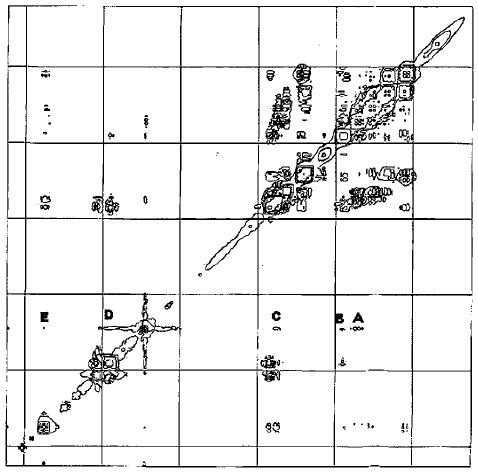-
Revisited conformational analysis of perhydro-3a,6a,9a-triazaphenalene based on Raman analysis
C. Chapuis, H. Hagemann, W. Fieber, R. Brauchli and J.-Y. De Saint Laumer
Journal of Physical Organic Chemistry, 22 (4) (2009), p282-288


DOI:10.1002/poc.1465 | unige:15001 | Abstract | Article PDF
We have demonstrated experimentally by Raman analysis that 1a exists as a mixture of ttt/cct conformers at 22°C in liquid or CCl4 solution, thus contrasting with the initial IR, NMR and X-ray analyses, which were strongly in favour of (ttt)-1a. The global stereoelectronic stabilization is ca. 4.0-4.2 kcal/mol for both parallel N lone pairs (lp) in (cct)-1a, based on a ΔH of 0.75 kcal/mol (±10%), as measured by Raman spectroscopy from 22 to 90°C, as well as the roughly estimated MM2 MeNHEt and MeNHCH2NH2 gauche interactions. DFT calculations using B3LYP/6-31G* yield a standard ΔH value of 1.04 kcal/mol, in good agreement with the experiment, and predict a ttt/cct ratio of ca. 77:23 at 25°C. Broadening of the 13C-NMR signals was observed in either CCl4 or CS2 or even CDCl3 solutions between -20 and -40°C.
